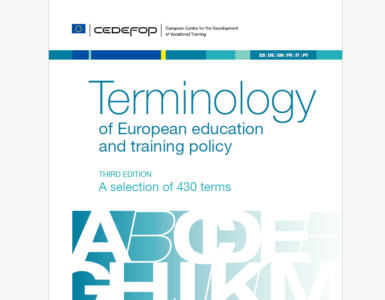by Sergei Tugarinov, Kaltura, UK.
What does the status of video content, virtual participation/learning, and hybrid experiences look like in 2023? Where could higher education institutions use improvement? As a horizontal market leader in the education and events spaces, Kaltura recently partnered with a research and survey firm to explore the role and impact of hybrid experiences on institutions. The goal was to identify groups within higher ed who used hybrid events and experiences, what roles hybrid events played, and whether the institutions felt well served by solutions and platforms in the marketplace.
The survey was given to 450 respondents from the US and abroad and included equal numbers of respondents from departments of Continuing Education, Academic Technology, Marketing, Alumni Relations, Admissions, and Professional Development.
The full report is available here, but key takeaways are outlined below.
Hybrid Audiences are Larger and Can be More Valuable than In-Person Only
- 48% of in-person include an online component, and on average hybrid audiences are 13% larger.
- Online events typically create a lower barrier to entry, as well as a much lower supporting cost than in-person gatherings.
- More than half of the value of respondents’ hybrid events was reported to come from the digital audience!
Organizations May Not Offer Enough Hybrid Support
- 79% of organizations surveyed have not formally established KPIs to measure engagement and the impact of hybrid events.
- 68% of respondents were bearing the associated costs of hybrid/in-person events without realizing the financial benefits.
Don’t Invest in Content Without Managing Returns
- Virtually all respondents were using video tools, however…
- Only 38% have a video CMS (content management system) in place.
- Tied to the above section, it seems likely that higher education institutions are bringing forward video content and hybrid events, but without reaping the full benefit—they’re not adequately managing the large amount of content they produce, can lose branding and control over content distributed through public channels, and are not enabled to receive the full added value from hybrid experiences and video content.
Multiple Vendors Increase Complexity, Complexity Increases Cost
- Higher ed institutions use 4.7 video capture and creation tools on average and work across 2.6 teams managing virtual and hybrid events.
- 20% of those surveyed use more than 6 tools.
- 48% of institutions cited cost reduction as an improvement they want to make—unfortunately using more tools (especially across several departments in large institutions) leads to higher complexity in hybrid event production and inevitably to higher costs.
Organizations Need Fewer and Better Tools
- 95% of respondents were concerned they couldn’t adequately support hybrid audiences.
- 42% felt it was difficult passing data to an LMS.
- 30% were concerned about assessing engagement.
- 23% worried they couldn’t enable equal participation.
- It appears most higher ed institutions would benefit from consolidating their tools across organizational departments. Solutions that can take multiple functions and use cases would also support hybrid events and learning styles, particularly through ease of use.
Respondents had differing definitions of hybrid events—43% described them as shared access activities where content was available to live/in-person participants (including remote participation synchronous with the live event) as well as on-demand viewing. Interestingly, however, nearly a third of higher ed professionals surveyed (28%) defined “hybrid” as more than simply shared access. To them, hybrid indicated an event that would offer separate, dedicated interfaces for each type of attendee—and additionally create possibilities for remote attendees to communicate in real-time.
Overall, the findings strongly suggest that at present, a lack of preparedness and technology infrastructure for content management and distribution is preventing higher ed institutions from getting the most out of hybrid events. Additionally, video content often does not realize its full potential without dedicated CMS and distribution channels; consumer platforms shortened the lifetime of created videos, shrunk potential audience, and may have the disadvantage of placing content alongside competing messages, brands, and content. While institutions and respondents saw the opportunities and advantages of video and hybrid formats, they also still saw hurdles to adequately setting up and executing the experiences.
To take the best advantage of hybrid events it’s likely these institutions need to consolidate tools and focus on fewer vendors who are able to provide streamlined but more versatile technology solutions. Ideal platforms could support digital-first needs as well as centrally aggregate content and management across departments, enable real-time participation, and serve multiple use cases for multiple audiences.
Editor’s note: We are delighted to announce that Kaltura is one of our valued Silver Sponsors at this year’s Media & Learning Conference taking place on 20-21 June. Join us then when Kaltura’s John Couperthwaite , Senior Customer Success Manager, EMEA and Sergei Tugarinov, Head of Education, UK&I will be leading a workshop in our Tech Track entitled Flexible learning needs flexible tech.
Author
Sergei Tugarinov, Head of Education UK & I, Kaltura.















